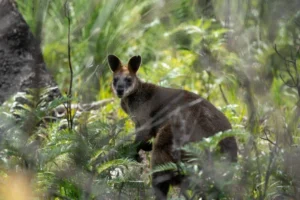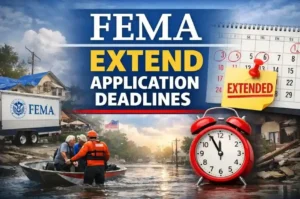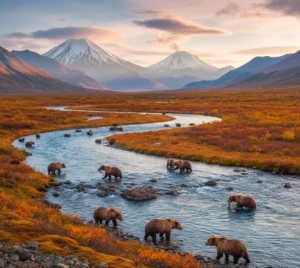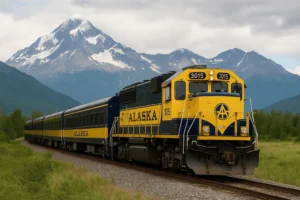Imagine trying to attend an online class, book a doctor’s appointment, or simply video call a loved one, and your internet cuts out. This is the daily reality for many living in the remote villages of Alaska. While the world races towards 6G networks and smart cities, much of rural Alaska struggles with basic internet connectivity. The digital divide here isn’t just a statistic; it’s a significant barrier to education, healthcare, and economic development.
About 12% of households statewide have no internet access at all, with that number jumping to 37% among low-income households earning under $20,000 per year. Although places like Anchorage (96.6% coverage) and Fairbanks (90.3%) show urban progress, over 20 villages, including Akiachak, report 0% internet coverage.
Understanding Alaska’s Unique Geography and Its Impact on Internet Connectivity

Sparse Population and Harsh Climate
Alaska’s sheer size and extreme climate are two major reasons why internet connectivity has lagged. Covering over 663,000 square miles, Alaska is larger than Texas, California, and Montana combined. However, it only has about 730,000 residents, and thousands live in remote villages accessible only by air or water.
Winter temperatures can plummet to minus 60 degrees Fahrenheit, and snowstorms can knock out communication lines for days. Building and maintaining internet infrastructure in such conditions is not just tough, it’s extraordinarily expensive. Running fiber optics through frozen tundra, mountain ranges, and forests costs much more compared to flatland areas.
Limited Infrastructure and High Costs
Alaska’s infrastructure is notoriously sparse. In most states, towns are linked by highways and railroads, but in rural Alaska, many villages lack any road access. Transporting construction materials for cell towers or fiber lines often involves flying them in, an incredibly costly affair.
Furthermore, only 71% of households and businesses can access non-satellite broadband with speeds of 25 Mbps download/3 Mbps upload, the minimum standard for “broadband” as defined by the FCC.
Major Internet Challenges Faced by Alaska’s Villages
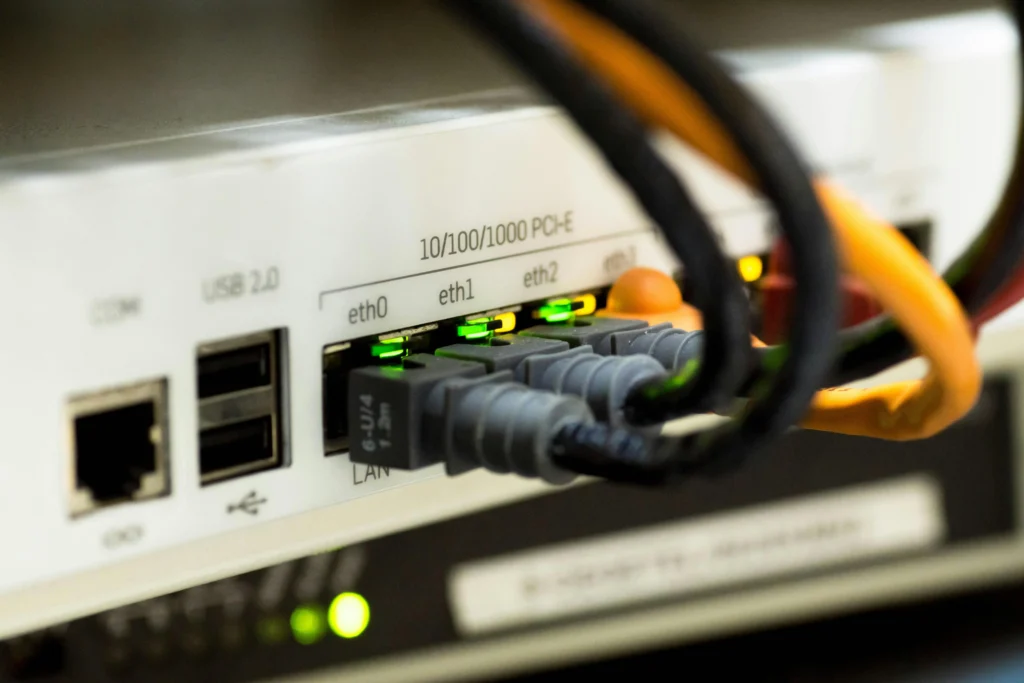
Slow Internet Speeds and High Latency
Ask anyone in rural Alaska about their internet, and “slow” will probably be the first word out of their mouth. Average internet speeds in some villages hover around 3–5 Mbps, barely enough for a single video stream.
Provider pricing in 2025 shows the grim reality:
- Alaska Communications offers fiber (where available) at $70–$185/month for 250–2,500 Mbps.
- Starlink satellite service charges $120/month for 100–220 Mbps.
- Traditional satellite providers like HughesNet and Viasat charge $50–$120/month for 25–150 Mbps, often with strict data caps (100–200GB).
Frequent Service Outages
In 2025, internet outages will remain a frequent and severe problem. Some communities, like Sitka, have endured outages lasting up to 16 days due to fiber breaks. Emergency maintenance can add another 10 days of downtime.
For villages depending on telehealth services or educational livestreams, these outages can be devastating. Students fall behind in their studies, and patients cannot access critical consultations.
High Costs for Limited Services
Even when internet service is available, it comes with a hefty price tag. Rural Alaskans often pay $50–$249/month for slow, unreliable connections. Given the high cost of living already burdening these communities, internet access feels like a luxury rather than a basic utility.
When you compare the rural Alaskan experience to the Lower 48 states, where $60–$70/month can buy high-speed unlimited broadband, the disparity becomes even more glaring.
Why Reliable Internet Matters for Rural Alaska
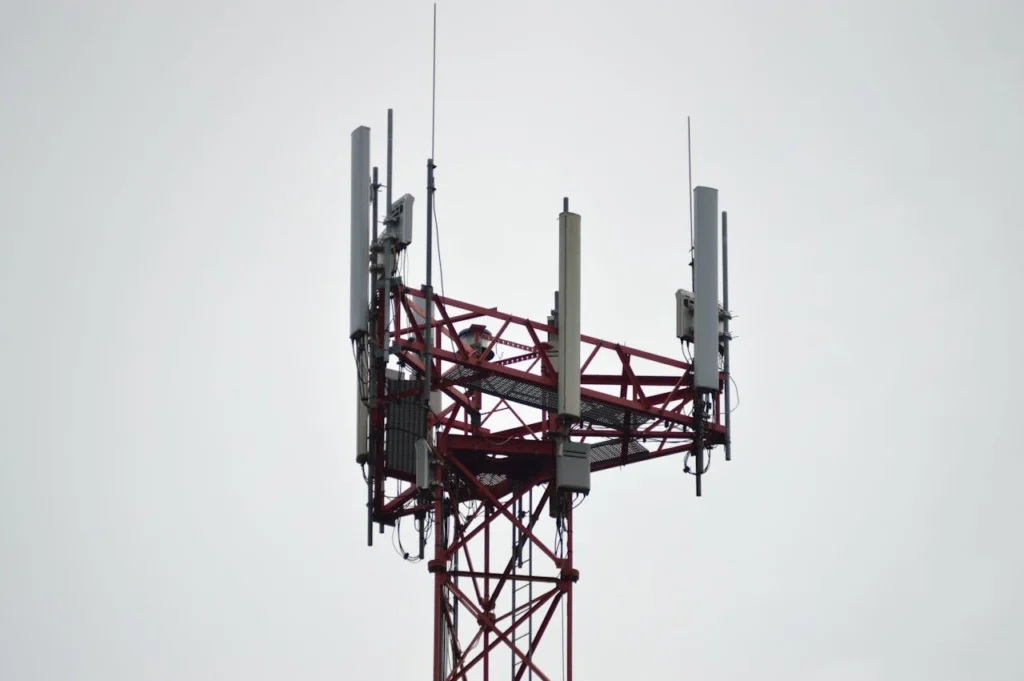
Education and Remote Learning
During the COVID-19 pandemic, the digital divide in Alaska became painfully obvious. As schools shifted online, many rural students couldn’t participate. Fast forward to 2025, and while improvements have been made, educational institutions still struggle to provide equal opportunities.
Students in remote villages often miss out on virtual classrooms, online research tools, and digital libraries. Only 30% of Alaska’s boroughs or census areas have enough broadband connections to report adoption rates to the FCC, underlining just how many students are left behind.
Telemedicine and Healthcare Access
In Alaska, where the nearest hospital could be hundreds of miles away, telemedicine isn’t a luxury, it’s a lifeline. Poor internet connectivity means delayed diagnoses, interrupted consultations, and, in the worst cases, medical emergencies that could have been prevented.
About 18% of households rely solely on cellular data, and 6% depend exclusively on satellite. These connections are often too unstable for high-quality video calls, impacting the delivery of crucial healthcare services.
Cellular Data
0%
Satellite
0%
Economic Opportunities and E-Commerce
The internet has opened doors to new economic possibilities worldwide, but many Alaskans are still waiting outside those doors. Artists, crafters, and small business owners in villages could access global markets through platforms like Etsy or Shopify if only they had reliable internet.
Moreover, the rise of remote work means job opportunities no longer have to be tied to a physical location. But without good internet, residents of rural Alaska are shut out from the booming remote economy.
Efforts by the Government and the Private Sector

Federal Grants and Subsidies
Recognizing the critical need for better connectivity, the federal government has poured significant resources into Alaska life. Programs like the FCC’s Rural Digital Opportunity Fund (RDOF) and USDA’s ReConnect Program have targeted Alaska for broadband expansion.
A major highlight in 2025 is the $50.6 million Interior Villages Project, aiming to connect up to 20 villages along the Yukon and Kuskokwim Rivers with high-speed fiber broadband. This project is slated for operational service by the summer of 2025, bringing hope to areas like Mountain Village, Pilot Station, and Nunam Iqua.
Role of Local ISPs
Local ISPs like Alaska Communications, GCI, Borealis Broadband, and SpitwSpots play pivotal roles. Alaska Communications has expanded service to 16,000 rural Alaskans since 2017 and aims to reach 32,000 by the end of 2025.
These companies often engage in creative solutions, using fixed wireless, microwave links, and point-to-point systems where laying fiber would be impractical. Fixed wireless internet from providers like Borealis can cost $50–$249/month for speeds ranging from 10 Mbps to 500 Mbps, depending on location.
Satellite Internet Solutions
When traditional infrastructure is out of reach, satellites step in. Providers like HughesNet, Viasat, and Starlink offer crucial services:
- HughesNet/Viasat: $50–$120/month for limited 25–150 Mbps speeds with data caps.
- Starlink: $120/month for 100–220 Mbps with unlimited data.
Emerging Technologies Trying to Bridge the Gap
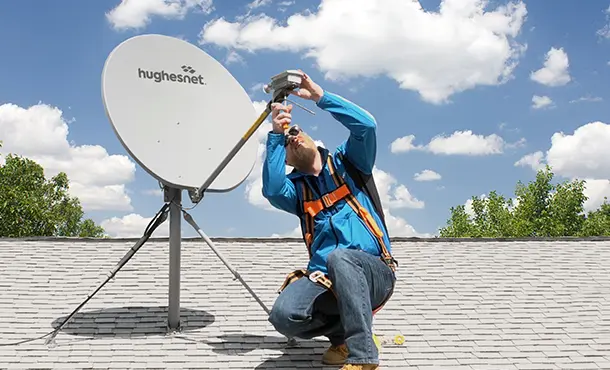
Starlink and Other Satellite Providers
Starlink has been a game-changer for many remote Alaskan villages. In places like Dillingham and Kaktovik, where traditional providers offer little to no service, Starlink dishes have become a common sight. Starlink’s advantages include lower latency compared to traditional geostationary satellites and no restrictive data caps.
However, weather can still cause intermittent service issues. Snow accumulation on dishes, known as “snow fade,” can lead to temporary outages, another reminder that even cutting-edge solutions have limits in Alaska’s extreme environment.
Fiber Optic Initiatives
Fiber remains the gold standard. The ongoing Interior Villages Project is expected to not just meet minimum broadband standards but to provide fiber-to-the-home (FTTH) speeds that rival urban America.
Once completed, residents in the Yukon and Kuskokwim region will experience stable, gigabit-level speeds, a revolutionary shift for communities currently operating at dial-up or slow DSL levels.
Microwave and Wireless Networks
Microwave backhaul links are another important technology in Alaska, connecting remote areas to main internet lines without needing to dig trenches or lay underwater cables. Companies like GCI heavily rely on microwave systems, particularly in western Alaska.
However, microwave towers require a clear line of sight, often a logistical nightmare in Alaska’s mountainous and forested terrain. Despite that, they provide a faster, more cost-effective alternative to satellite in many mid-range rural areas.
Stories from the Ground: Voices of Alaska’s Remote Communities
For residents of Kasigluk or Buckland, getting online is not about convenience, it’s about survival. Students share stories of walking to public buildings to access slow Wi-Fi for homework assignments. Elders talk about being unable to contact doctors via telehealth when weather blocks travel.
Meanwhile, in Fort Wainwright, the rare access to fiber means bustling online businesses, remote learning, and a new wave of tech-savvy entrepreneurs. It’s a stark contrast and a clear picture of how transformative internet access can be for communities.
Environmental and Logistical Challenges
Alaska’s environment throws curveballs that few other places in the world face. Fiber lines buried underground can shift and break due to permafrost melt. Microwave towers face icing, making maintenance perilous. Satellite dishes must withstand hurricane-force winds during fierce winter storms.
Additionally, the sheer logistics of building in remote regions add mind-boggling costs. For example, transporting heavy equipment by bush plane or barge can inflate project budgets by hundreds of thousands of dollars.
Comparison: Internet Access in Rural Alaska vs. Rural Lower 48 States
When compared to rural regions in the Lower 48, Alaska’s situation is dramatically worse:
Metric | Rural Alaska | Rural Lower 48 |
Households without internet | 12% | 5% |
Households with broadband at 25/3 Mbps | 71% | 93% |
Average monthly cost (rural) | $100–$250 | $50–$80 |
Fiber availability | 10% | 40%+ |
Broadband under $60/month | <1% | 55% |
Case Study: Success Stories of Connectivity Improvements
While much of rural Alaska still struggles with poor internet, there are glimmers of hope. Some villages have seen real success thanks to targeted projects and community-driven efforts.
In Bethel, a major hub for the Yukon-Kuskokwim Delta, residents recently celebrated the arrival of fiber-optic broadband thanks to a partnership between GCI and local Native corporations. For the first time, businesses can use cloud-based services, students can attend virtual classes without interruptions, and telemedicine appointments actually feel like real-time conversations rather than stuttering, frozen video feeds.
Similarly, Dillingham saw remarkable improvement after adopting Starlink satellites for residential use. Teachers reported better engagement from students able to attend video classes, and local artisans began selling handmade crafts online, expanding their markets far beyond the village.
These success stories show that with the right investment and technologies, even the most remote Alaskan communities can leap into the digital age.
Predictions for 2030: Will Alaska Finally Be Fully Connected?
Looking ahead to 2030, there’s cautious optimism, but no guarantees.
New technologies like satellite mega-constellations (Starlink, Amazon’s Project Kuiper) and additional federal funding may finally bridge much of the rural digital divide. If projects like the Interior Villages fiber project succeed and expand, thousands more Alaskans could gain access to world-class internet.
However, unless affordability is addressed, access will remain theoretical for many. Fast internet that costs $200 a month won’t help low-income families who already struggle to pay for heating and groceries.
Real progress will require:
- Subsidized pricing models.
- Investments in local community networks.
- Resilient infrastructure that can withstand Alaska’s punishing environment.
- More competition among providers to drive down costs and improve service quality.
How Locals Are Adapting to Connectivity Issues
Alaskans are nothing if not resourceful. Faced with connectivity issues, communities have adapted in creative ways:
- Public Wi-Fi hotspots: Villages have set up public Wi-Fi points at community centers, libraries, and clinics to provide shared internet access.
- Satellite sharing: Some households pool resources to afford a shared Starlink subscription, splitting the monthly cost among multiple families.
- Offline education resources: Schools distribute USB drives loaded with learning materials when live internet classes aren’t possible.
- Local radio stations: In some villages, local radio stations broadcast important online content (like school lessons or public health announcements) for those without reliable internet.
These adaptations show the resilience and ingenuity of Alaska’s rural communities, but they also underline just how desperately better infrastructure is needed.
Conclusion
Alaska’s breathtaking beauty and wild remoteness are a source of pride, but they shouldn’t mean a life cut off from modern technology. In 2025, rural Alaskan villages still face serious internet challenges: poor speeds, high costs, limited access, and frequent outages.
While progress is visible, thanks to projects like the Interior Villages fiber buildout, expanded Starlink coverage, and federal investment, growth and opportunity.
The internet is no longer a luxury, it’s a necessity. Bridging the digital gap in Alaska isn’t just about faster Netflix or smoother Zoom calls. It’s about educational equity, healthcare access, economic development, and basic human connection.
If Alaska can rise to meet these challenges, it has the potential not just to catch up, but to lead the way in building resilient, inclusive, and high-tech rural communities that thrive far into the 21st century.
FAQs
Internet access is poor due to Alaska’s extreme geography, sparse population, high infrastructure costs, and harsh weather, making it expensive and technically difficult to deploy and maintain networks.
In some villages, Starlink offers speeds up to 220 Mbps. Where available, Alaska Communications’ fiber services can reach 2,500 Mbps, though fiber access is rare outside major cities.
Yes, programs like the FCC’s RDOF, USDA’s ReConnect, and specific state initiatives like the Interior Villages Project are working to expand broadband infrastructure across rural Alaska.
Emerging solutions include low-earth orbit satellite services like Starlink, fiber expansion projects, fixed wireless technologies, and microwave networks aimed at providing affordable, high-speed internet.


